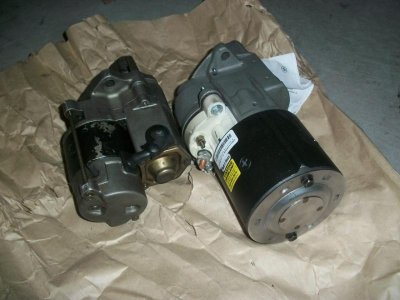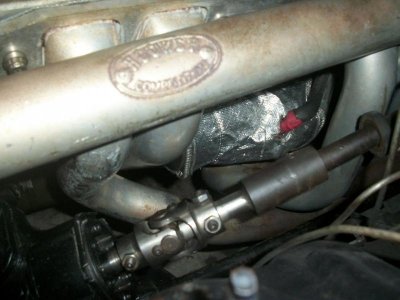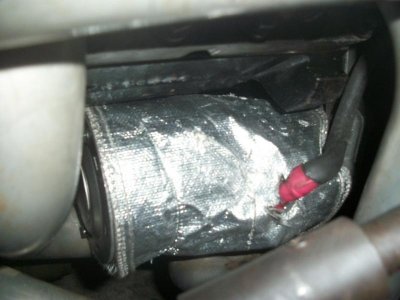john.thompson068
Well-Known Member
Wow. I can definitely see how the mini starter may have issues cranking over my car and withstanding some extra heat. Just look at how small and weak looking it is compared to an original starter. I can see why the mini starter's case could expand and cause binding, or otherwise succumb to heat, and surely the motor inside the original starter can produce more torque. It is twice as big. Actually now that I compare the two, I wonder how the mini starter was ever able to turn my motor over at all. It looks like a motorcycle or 4 cylinder starter compared to the original.
The starter is a World Wide starter with the limited lifetime warranty. I am glad to hear you say that was a great choice because when I saw the Made in Mexico sticker I starter wondering if this was going to be a good choice or not. I have installed the mini starter several times when going through a series of transmission problems because of some lousy builders. It is a juggling act to put it in. I lay on my back and use one of my shins and knees to balance the header while getting the starter wired up and back in there. Once the juggling act is over, I can bring in the jack to hold the header up while I go about tightening it down.
The starter is a World Wide starter with the limited lifetime warranty. I am glad to hear you say that was a great choice because when I saw the Made in Mexico sticker I starter wondering if this was going to be a good choice or not. I have installed the mini starter several times when going through a series of transmission problems because of some lousy builders. It is a juggling act to put it in. I lay on my back and use one of my shins and knees to balance the header while getting the starter wired up and back in there. Once the juggling act is over, I can bring in the jack to hold the header up while I go about tightening it down.



















